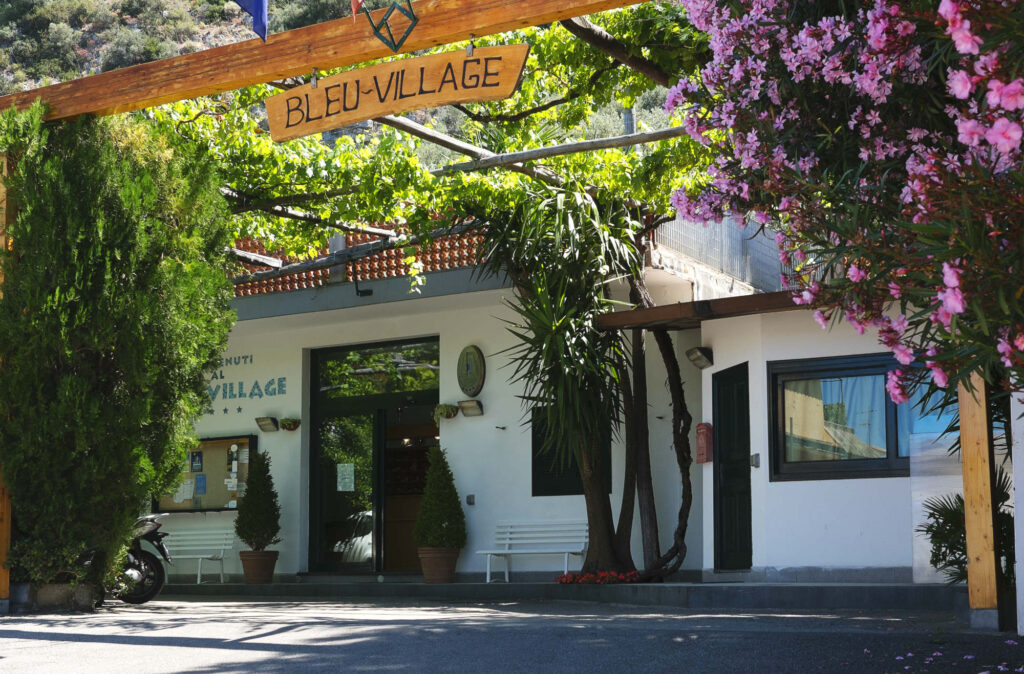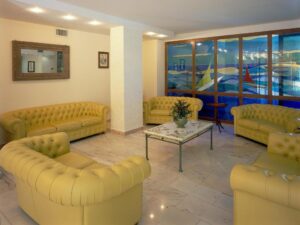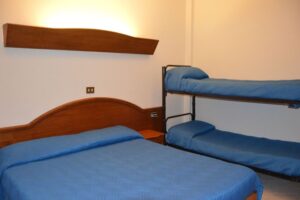Geography tour to Bay of Naples by air: 4 days, 3 nights
From magnificent Vesuvius to the beautiful Amalfi coast, the Bay of Naples’ varied and stunning landscape is a geographer’s dream. This tour will certainly enthuse your young geographers, along with providing them with life-long memories.
Similar tours
Suggested itinerary

Day one
- Fly from the UK to Naples
- Transfer to your accommodation with a stop at Naples Archaeological Museum
- Arrive at accommodation

Day two
- Pompeii
- Positano

Day three
- Capri

Day four
- Depart accommodation
- Transfer to airport with a stop at Vesuvius
- Fly back to the UK
Excursion Locator Map
Excursion Ideas

Vesuvius
Subject range: Cultural, Geography
What you’ll experience: Mount Vesuvius erupted in AD79 killing thousands of people in the Roman cities of Pompeii, Herculaneum and Stabiae. A hike up Mount Vesuvius will show you views into the crater, and on a clear day. Spectacular views out to the Bay of Naples.
Select says: For pre-tour/post-tour try an eyewitness account – see the letters of Pliny the Younger to the Historian Tacitus, where he describes the eruption and the death of his uncle, Pliny the Elder while trying to rescue survivors of the early stages of the eruption. Available here.
Pompeii
Subject range: Geography
What you’ll experience: Pompeii is one of the most significant proofs of Roman civilization. The thick layer of volcanic material which submerged it, made up to a large extent of ash and lapilli – non-hard material, unlike that which covered Herculaneum and which solidified into extremely hard stone -has meant that the city has remained intact, not just buildings but also the contents of houses and shops which provide an absolutely fascinating picture of ‘daily’ life.
Select says: The site has minimal shade, so it’s important for students to bring sunscreen, a hat and water.
Naples National Archaeological Museum
Subject range: Geography
What you’ll experience: What you’ll see: The most important archaeological museum in Italy, containing many interesting finds from Pompeii, Stabiae and Herculaneum, doomed cities after the eruption of Mount Vesuvius in 79AD. There are incredibly well preserved pieces of art such as the mosaics, frescoes and sculptures from the sites, but you will also be able to see some amazing ancient Egyptian and Greek artefacts.
Select says: In about 1543 when Pompeii was first discovered, it began to be heavily looted. The Pope arranged for items to be removed and today many of these items are on display here.
Capri
Subject range: Cultural, Geography
What you’ll experience: Capri is an island with great natural beauty, located in the Tyrrhenian Sea. A boat trip around Capri will allow a close up view of the cliffs, caves and fissures of the coastline or it is possible to take a minibus tour of the island which will take you from Capri town to Anacapri.
Select says: A visit by boat to the Blue Grotto sea cave is also possible – there, sunlight passes through an underwater cavity and shines through the water creating a stunning illuminating blue reflection.
Positano - Amalfi Coast
Subject range: Geography
What you’ll experience: Narrow, winding coastal roads take you along the Amalfi Coast where there are wonderful views of the coastline and Tyrrhenian Sea. Students can learn about the geology and management of this impressive coastline. The Amalfi Coast is a UNESCO world heritage site.
Select says: There are many picturesque towns to stop at on the coastline such as Amalfi and Furore.
Herculaneum
Subject range: Geography
What you’ll experience: Students will explore remarkably well-preserved ruins, including ancient streets, buildings, and artifacts, offering insight into volcanic activity and its impact on urban settlements.
Geography trip to Bay of Naples by air: 4 days, 3 nights Accommodation

Hotel Tourist
Location: Sorrento
Capacity: 100
Conveniently located in the heart of Sorrento, a 15 minute walk to the port.









Rooms: All rooms have en-suite facilities.
Facilities: Restaurant, 24 hour reception, swimming pool.

Bleu Village
Location: Sorrento
Capacity: 76
Bleu Village is located just 4 km from Sorrento and offers you gorgeous views of the Gulf of Naples. There is plenty to keep you entertained within the complex, from the swimming pool with its water slides to table tennis. In the lush Mediterranean gardens, complete with the citrus trees typical of the area, you will also find a football and volleyball pitch, as well as the hotel’s own restaurant.





Rooms:
Facilities:

Hotel Albatros
Location: Sorrento
Capacity:
Just a 10-minute walk from the Meta di Sorrento beach, 1km far from the property, Hotel Albatros has an outdoor swimming pool and sunny terrace.




Rooms:
Facilities:

Fiori D’Arancio
Location: Sorrento
Capacity:
The Fiori d'Arancio holiday village is set in a quiet location in the peninsula of Piano di Sorrento popular for its beautiful beaches. The holiday village is located in an orange grove on a hillside near the town but far enough away that guests can enjoy the peaceful atmosphere as they relax by the swimming pool.


Rooms:
Facilities:

Hotel Ripetta
Location: Piano di Sorrento
Capacity: 120
Located in Piano di Sorrento, 800m from Circumvesuviana the local train station, this welcoming, family-run hotel offers stunning views of the Bay of Naples and is within easy walking distance of the local marina. Sorrento city centre is 5km away.







Rooms: Bedrooms sleep 2-4 people, are all en-suite and feature air conditioning and WI-FI.
Facilities: Restaurant, 24 hour reception, wellness centre (teachers only), rooftop terrace.
Links to Learning
Learning areas:
Learning areas:
Why not link your cultural tour to your school PSHE planning? Areas covered could include: gaining self-confidence and independence; working together and making new friends; trying new activities; enjoy healthy, safe, responsible and fulfilled lives; recognising and managing risks; take increasing responsibility for themselves.
For KS3 develop contextual knowledge of the location of globally significant places – both terrestrial and marine – including their defining physical and human characteristics and how these provide a geographical context for understanding the actions of processes; understand the processes that give rise to key physical and human geographical features of the world, how these are interdependent and how they bring about spatial variation and change over time; collect, analyse and communicate with a range of data gathered through experiences of fieldwork that deepen their understanding of geographical processes.
For KS4 – recognition of important links and inter-relationships between places and environments; more detailed contextual knowledge of two countries of contemporary global significance; Human and physical geography: understand, through the use of detailed place-based exemplars at a variety of scales, the key processes in: physical geography relating to: geological timescales and plate tectonics; rocks, weathering and soils; weather and climate, including the change in climate from the Ice Age to the present; and glaciation, hydrology and coasts.
Select Extras:
Some excellent short resources:
















